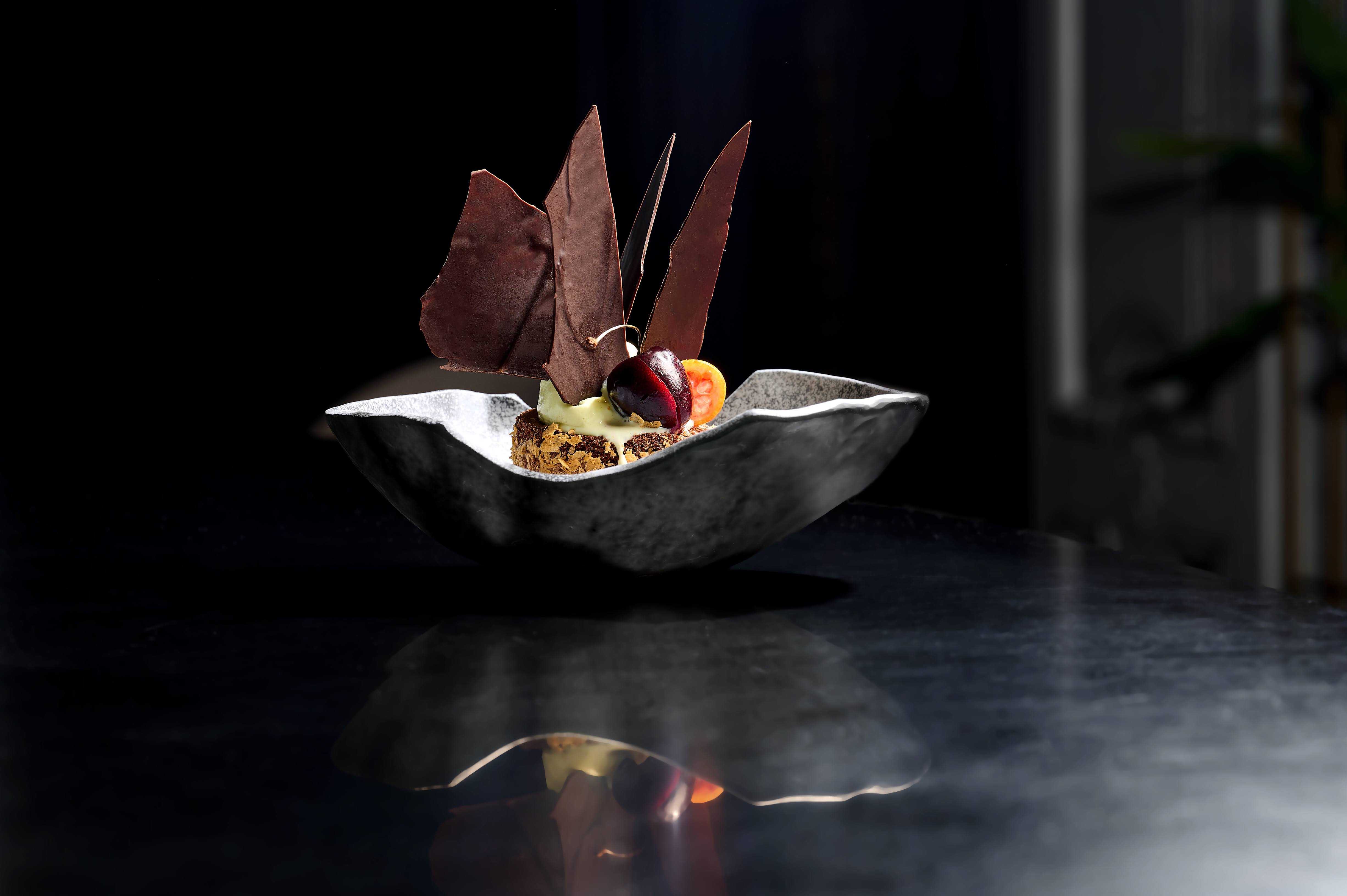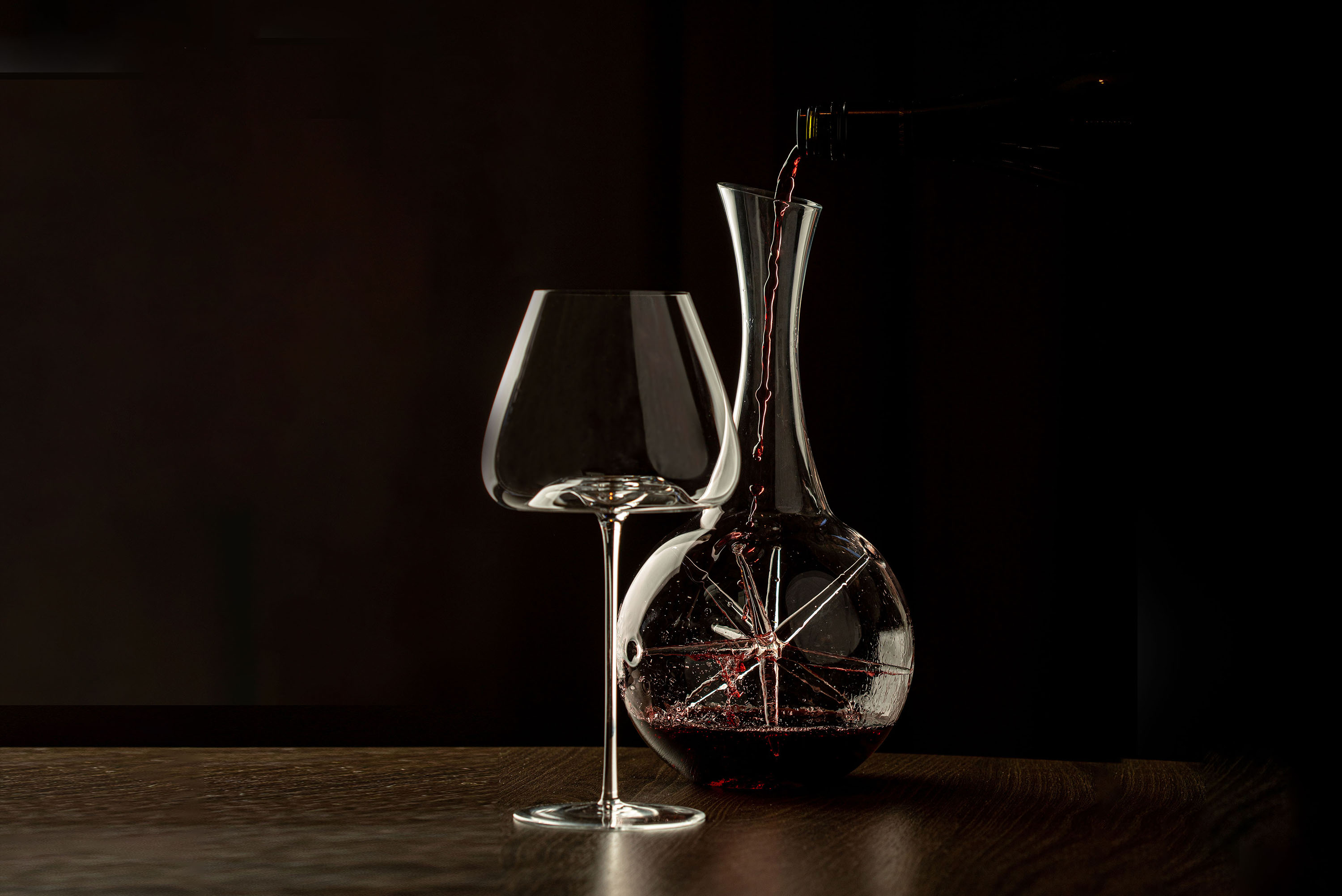



The history of sushi began 1300 years ago. Around 710 in the Nara era, when the capital of Japan was the city of Nara, a method of cooking fish was brought to Japan from China, when fresh fish, often crucian carp, were marinated with salt and rice. This was an ancient way of preserving fish, which in Chinese was called “shi” or “sa” - salted fish. In this case, a whole crucian carp was sprinkled with salt, mixed with boiled rice and left to ferment for a year, and sometimes several years. It was not a dish. But like ancient canned food for difficult times when there was no access to fresh food. This is considered the ancestor of modern sushi. However, at that time, fermented rice was thrown away and only fish was eaten. In Japanese, such fish marinated with rice and salt was called “nare-zushi”: “nare” - ripe, “sushi” - the Japanese pronunciation of the Chinese character “sa” - salted fish. The second name for "funa-zushi": "funa" - crucian carp, since only this river fish was most often pickled. From about 1185 in the Kamakura era, with the capital of the same name in Japan, not only whole fish began to be used for "nare-zushi". But also the remains of fish after cooking other dishes. Only from 1336 in the Muromachi era did people also start eating rice in sushi. In 1603, in the Edo era, rice vinegar became widespread throughout the country, as a result of which "hayazushi" ("quick sushi") appeared, which did not require fermentation, and marinating took from several hours to 1 day. Such sushi was marinated in a wooden box, and before serving they were cut into quadrants. 1800 was the end of the Edo era, the city was crowded with people in a hurry and this led to fast street food. With the advent of red vinegar, sushi became cheaper and more accessible. And this gave rise to "nigiri-sushi" - sushi. Which could be eaten immediately after being prepared. "Nigiri-zushi" - "compressed sushi", was prepared not in boxes, but by compressing the rice with hands. In the Edo era, sushi acquired a new meaning, so new hieroglyphs were invented for it, the symbolism of which is still relevant today, meaning - "live a long life". Since sushi was more like a snack, for a long time it was not served with alcohol, but with tea. In 1868, during the Meiji period, sushi began to be made using sashimi - raw fish. 1912 - the first restaurants with electric refrigerators appeared. And in 1958, the first restaurant with rotating sushi opened in Osaka. Since then, the serving of sushi has split into two directions: a more affordable option in establishments where sushi is rotated, and a more expensive option - sushi in restaurants.
.png)











.png)



.png)

